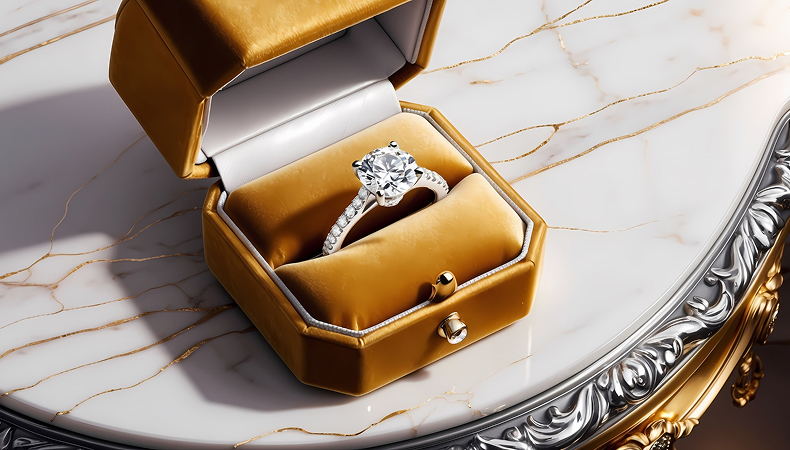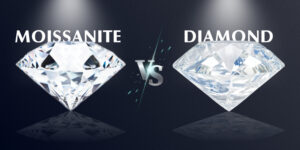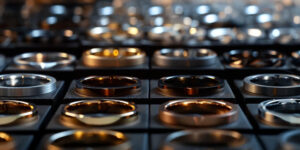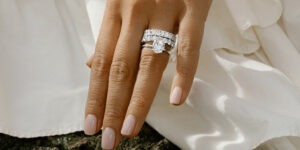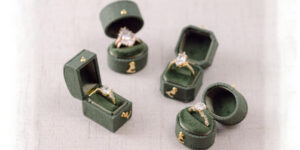Planning a wedding means making countless decisions, and choosing an engagement ring might be one of the most personal ones. These days, couples aren’t just thinking about size and sparkle. They’re asking bigger questions about where their diamonds come from and what impact their purchase makes.
The ring market has changed. What used to be a simple choice between different cuts and carats now includes conversations about ethics, sustainability, and lab-grown alternatives. And honestly, that’s not a bad thing. More options mean you can find something that truly fits your values and your budget.
Wedding Trends Shaping 2025
This year’s couples are making different choices than their parents did. Sustainability matters more than ever, especially for big purchases like engagement rings. Lab-grown diamonds are becoming a real option, not just an alternative.
The numbers tell the story. More than 30% of couples now consider lab-created diamonds when ring shopping. That’s up from practically zero just a decade ago. And it’s not because they can’t afford the “real thing.” It’s because they want their ring to reflect their values.
Young couples especially care about the story behind their purchase. They research where their coffee comes from, buy second-hand clothes, and choose eco-friendly products. Why would they approach their engagement ring any differently?
The traditional diamond industry is taking notice too. Major retailers now offer lab-grown options alongside mined diamonds. Some jewellery stores report that couples specifically ask about synthetic diamonds before looking at anything else.
What Are Synthetic Diamonds?

Synthetic diamonds are real diamonds. Let’s get that straight first. They have the same chemical structure, same hardness, same sparkle as diamonds that formed underground millions of years ago. The only difference is where they were made.
Scientists figured out how to recreate the intense heat and pressure that forms diamonds naturally. They do it in labs using two main methods. One involves putting carbon under extreme conditions that mimic what happens deep in the earth. The other grows diamonds from carbon-rich gas.
The process takes weeks instead of millennia, but the end result is identical. A lab-grown diamond will scratch glass, refract light the same way, and last forever just like a mined diamond. Even professional jewellers need special equipment to tell them apart.
The term “synthetic” might sound artificial, but it’s just the technical name. These aren’t fake diamonds or diamond substitutes like cubic zirconia. They’re the real deal, just made above ground instead of below it.
Lab-Grown vs Mined: The Real Comparison
The differences between lab-grown and mined diamonds matter more to some people than others. Here’s what you’re actually comparing.
Price is the most obvious difference. Lab-grown diamonds typically cost 30-50% less than mined ones. That’s not a small difference when you’re talking about thousands of dollars. You could get a larger stone, better quality, or just save money for the honeymoon.
Environmental impact varies significantly too. Diamond mining requires moving massive amounts of earth, using heavy machinery, and often disrupting ecosystems. Lab creation uses energy, but generally has a smaller environmental footprint overall.
Quality-wise, lab-grown diamonds often have fewer inclusions and better clarity than mined ones. The controlled environment means fewer imperfections. Some people prefer the idea of slight imperfections as “character,” but that’s really personal preference.
The emotional aspect gets more complicated. Some couples love the idea that their diamond is billions of years old, formed deep in the earth through natural processes. Others prefer knowing their diamond didn’t require mining or potentially contribute to conflict areas.
To learn more, check out everything you need to know about synthetic diamonds for a deeper comparison of all the factors involved.
Resale value tends to favor mined diamonds, though this might change as lab-grown options become more accepted. If you’re thinking of your ring as an investment, this might matter. Most people don’t buy engagement rings planning to sell them, though.
Smart Ring Shopping Tips
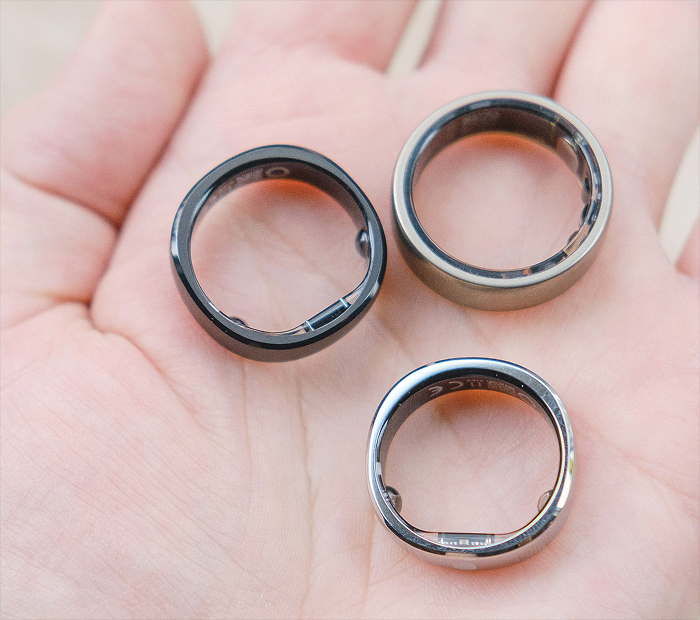
Shopping for a sustainable engagement ring doesn’t have to be overwhelming. Here are some practical things to keep in mind.
Ask direct questions about sourcing. Whether you’re looking at lab-grown or mined diamonds, reputable jewellers should be able to tell you exactly where their stones come from. If they can’t or won’t, that’s a red flag.
Don’t assume lab-grown means cheap quality. Good lab-grown diamonds should still be graded by recognized organizations. Look for certificates from GIA, IGI, or similar authorities that verify the stone’s characteristics.
Consider the setting too. Recycled gold and platinum are widely available and reduce the environmental impact of your ring. Some jewellers specialize in using only recycled metals for their settings.
Think about long-term wearability. A ring that looks trendy now might feel dated in 10 years. Classic designs tend to age better, which is more sustainable than replacing rings because they look outdated.
Don’t let anyone pressure you either direction. Some salespeople push mined diamonds as more “authentic,” while others oversell lab-grown options as obviously superior. The best choice is whatever feels right for your situation and values.
Budget for the whole package. Remember that the diamond is just part of the cost. Setting, sizing, insurance, and any customization add up quickly.
Also Read: why Choose Lab Grown Diamonds For Your Wedding Jewelry
Making It Personal
Your engagement ring choice says something about you as a couple. Whether you choose lab-grown or mined diamonds, vintage stones, or alternative gems entirely, what matters is that the decision feels authentic to who you are.
Some couples love knowing their diamond has an ancient history. Others prefer the innovation and environmental consideration of lab-created stones. Both perspectives are valid, and neither makes someone’s ring more or less meaningful.
The best engagement ring stories aren’t about how much was spent or where the diamond came from. They’re about couples who took time to understand their options and made a choice that reflected their shared values.
That might mean choosing the most sustainable option available. It could mean selecting a family heirloom or vintage piece. Or it might mean picking the biggest, most traditional diamond you can afford. The point is making the choice deliberately, together, based on what matters to both of you.
Your ring will outlast trends, market changes, and probably most of the other wedding decisions you’re making right now. Choose something that will still feel right in 20 years, when the world has changed but your commitment hasn’t.

